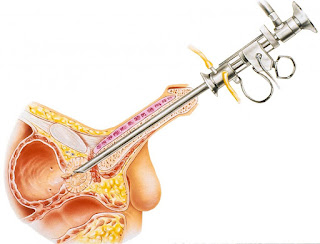Caprolactam (CPL) organic compound has the formula (CH2)5CONH, A lactam (a cyclic amide) of caproic acid is this colourless solid.
 |
| Caprolactam |
Caprolactam is a milky white to transparent solution with a
slight, unpleasant odour. Skin, eyes, and mucous membranes may be somewhat
irritated by contact. Ingestion may cause moderate toxicity. The threat to the
environment is the most serious danger. To prevent it from spreading to the
environment, immediate action should be done. It can quickly infiltrate the
soil and contaminate groundwater and neighbouring streams because it is a
liquid. It's a chemical that's used to produce other compounds.
Caprolactam
is a chemical that is used to make synthetic textiles. Acute (short-term)
caprolactam exposure in humans can cause irritation and burning of the eyes,
nose, throat, and skin. Workers exposed to caprolactam through inhalation have
reported headaches, lethargy, confusion, and nervous irritability. Chronic
(long-term) exposure of workers to caprolactam has been shown to induce hand
peeling and irritation of the eyes, nose, and throat, but no additional health
problems. Caprolactam has not been designated as carcinogenic by the EPA.
For the production of nylon 6, caprolactam is favoured over
-aminocaproic acid because it is easier to produce and purify. Many ways for
producing caprolactam have been developed throughout the years, and the major
commercial routes are summarised in Figure 18.6. The most common routes of
production are cyclohexanone and cyclohexanone oxime.
Normally, cyclohexanone is made from either phenol or
cyclohexane. There are two stages to the phenol pathway. At around 180°C,
phenol and hydrogen are reacted in the presence of a nickel catalyst to create
cyclohexanol in the first stage. This is followed by a dehydrogenation stage,
in which the cyclohexanol is reacted in the gaseous phase at around 400°C with
a copper catalyst to generate the cyclohexanone.
Caprolactam
is widely used as a raw material in the production of nylon 6 resin and nylon 6
fibers, and around 26.13% and 52.94% revenue shares of caprolactam market, were
obtained from the nylon 6 resin and nylon 6 fibers, respectively in 2016. Nylon
6 fiber is used to manufacture carpets, textiles, and industrial yarns, while
nylon 6 resin has wide applications in the automotive, electrical, and
electronics components manufacturing industries.
The alternate pathway involves cyclohexane being oxidised in
the air, which results in a mixture of cyclohexanol and cyclohexanone known as
KA oil. In 1974, a massive explosion occurred in the cyclohexane oxidation unit
of Nypro Ltd's caprolactam plant in Flixborough, England.

.png)

Comments
Post a Comment